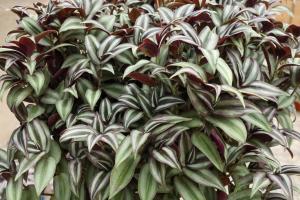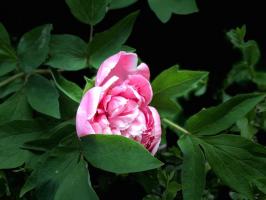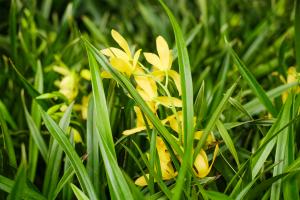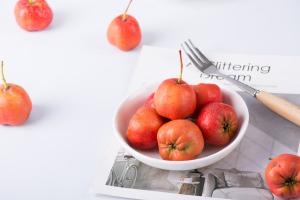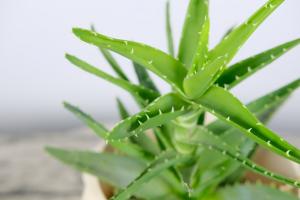What's the Difference Between Planting Soil and Potting Soil?
When it comes to gardening, one of the most important decisions you'll need to make is choosing the right soil for your plants. While there are many different varieties available, two of the most commonly used types are planting soil and potting soil. While these two terms are often used interchangeably, there are some key differences between them that you should be aware of. In this article, we'll take a closer look at what sets planting soil and potting soil apart.
What is Planting Soil?
Planting soil is a type of soil that is designed specifically for use in outdoor gardens, and is intended to be mixed into existing soil to improve its fertility and drainage. This type of soil typically contains a blend of organic materials such as peat moss, manure, and compost, as well as mineral additives like perlite and vermiculite. Planting soil is usually sold in large bags and is relatively inexpensive.
What is Potting Soil?
Potting soil, on the other hand, is specifically formulated for use in containers, such as pots or hanging baskets. Unlike planting soil, which is designed to be mixed into existing soil, potting soil is meant to be used on its own. It is typically made from a blend of organic materials like peat moss, coconut coir, and compost, as well as mineral additives like perlite and vermiculite. Potting soil may also contain other ingredients like sand or pine bark fines, depending on the brand.
Key Differences Between Planting Soil and Potting Soil
While both planting soil and potting soil contain many of the same basic ingredients, there are several key differences between the two that are worth noting. For one, planting soil is denser and heavier than potting soil, which makes it better suited for outdoor use where it can help support the roots of larger plants like bushes and trees. Potting soil, on the other hand, is lighter and fluffier, making it ideal for use in small containers where weight is a concern.
In addition, planting soil is typically more affordable than potting soil, although this can vary depending on the brand and quality of the soil. Another key difference is that planting soil can be used in a wide variety of outdoor gardening applications, from creating new garden beds to planting trees and shrubs, while potting soil is best used for container gardening only.
Conclusion
Ultimately, the choice between planting soil and potting soil will depend on a variety of factors, including the type of plants you are growing, the size and location of your garden, and your budget. Both types of soil have their advantages and disadvantages, and it's important to choose the type that will best meet your gardening needs. By understanding the key differences between planting soil and potting soil, you'll be better equipped to make an informed decision and ensure that your plants thrive.

 how many times do yo...
how many times do yo... how many planted tre...
how many planted tre... how many pine trees ...
how many pine trees ... how many pecan trees...
how many pecan trees... how many plants comp...
how many plants comp... how many plants can ...
how many plants can ... how many plants and ...
how many plants and ... how many pepper plan...
how many pepper plan...